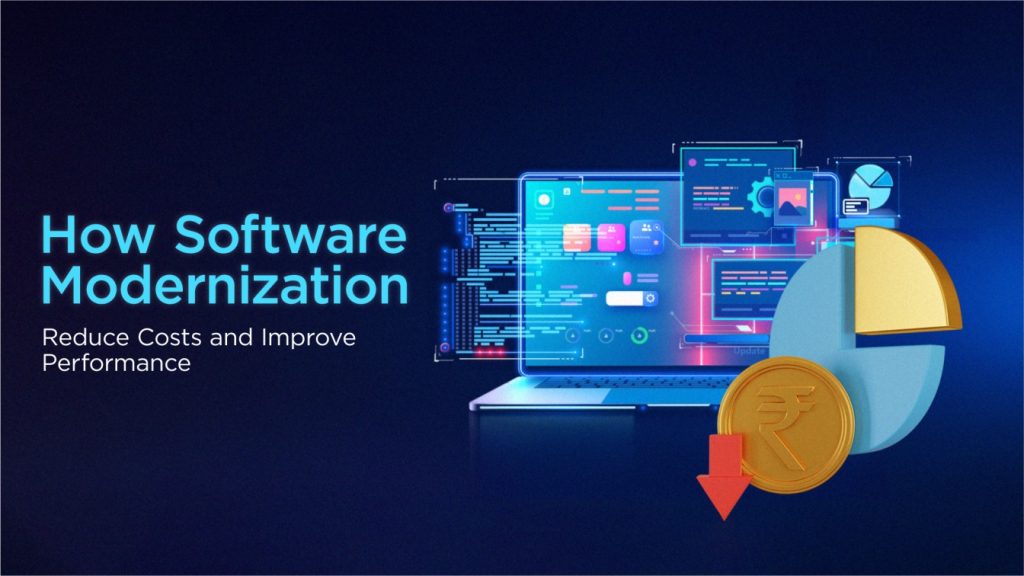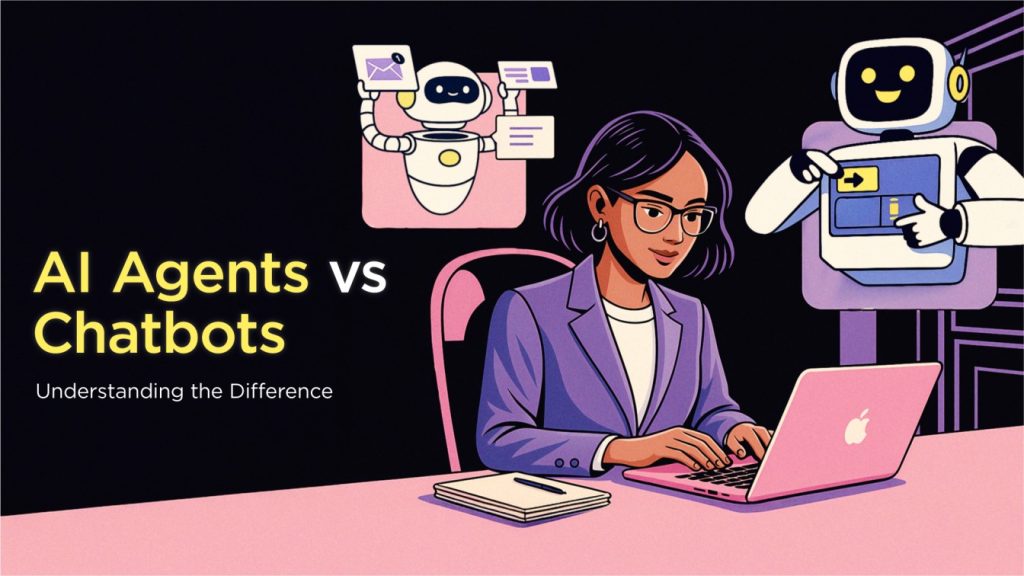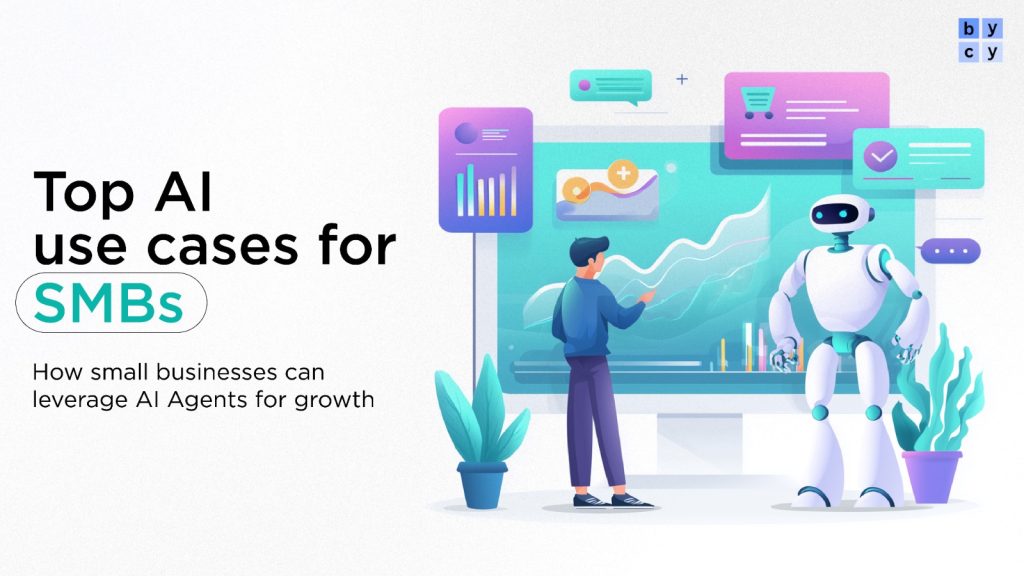Introduction: Cutting Through the Hype
AI is everywhere—or at least that’s how it feels. From email subject lines written “by AI” to support bots that promise human-like conversation, software vendors love to slap an “AI-powered” sticker on just about anything. But here’s the truth: a surprising number of these tools are simply automation rebranded—doing exactly what they’ve always done, just now with a bigger price tag.
For mid-sized companies (typically 200–500 employees), where growth is a strategic priority and budgets need careful watching, distinguishing between real AI and dressed-up automation is essential. Choosing the wrong tool can set you back months in momentum and thousands in sunk costs.
In this guide, we’ll break down the key differences between true AI and basic automation, walk through detailed examples across industries like healthcare, SaaS, ed-tech, and more, and provide a rigorous framework to evaluate your next AI investment. Whether you’re exploring AI assistants, intelligent agents, or tools to supercharge your marketing funnel, this article will help you cut through the hype and make smarter decisions.
What’s the Difference Between AI and Automation?
Automation: Efficient but Limited
Automation runs on pre-programmed rules. It’s “if this, then that.” Think of tools that send a follow-up email after a form is filled, or auto-route support tickets based on keywords.
Common examples include:
- Automated email campaigns in tools like Mailchimp or HubSpot.
- Pre-programmed chatbots using decision trees.
- Rule-based task schedulers in platforms like Asana.
While automation increases efficiency and reduces human error, it doesn’t adapt. It doesn’t understand nuance. It does what you told it to do—and nothing more.
Real AI: Adaptive and Context-Aware
Real AI goes further. It processes large volumes of data, identifies patterns, makes predictions, and learns over time. Technologies like machine learning, natural language processing (NLP), and neural networks power these systems.
Traits of true AI systems:
- Learns and improves based on interactions
- Understands natural language inputs and context
- Adapts behavior based on new data
- Makes decisions in unstructured or evolving environments
AI doesn’t just follow rules—it makes judgments. That’s the game-changer.
Five Signs You’re Dealing with Real AI
To assess whether a product is genuine AI or glorified automation, ask these questions:
- Can it learn on its own? If a system gets smarter with more data or user interaction, it’s a strong AI signal.
- Does it understand and respond naturally? Tools like ChatGPT or Salesforce Einstein GPT can process human language, context, and tone.
- Can it make decisions in new situations? Does the system adapt in unfamiliar scenarios or break without a pre-set rule?
- Is it personalized and contextual? Does it tailor experiences based on user behavior and preferences?
- Is the vendor transparent about their AI? Are they clear about what models they use, how data is processed, and what’s under the hood?
Industry Examples – Real AI vs Automation
Healthcare
Not-Quite-AI Example: A symptom checker that asks preset questions and offers static advice.
Real AI in Action: Babylon Health
- Uses machine learning to analyze medical data and suggest diagnoses.
- Learns from user inputs to improve triage and prioritization.
- Enables early intervention and intelligent routing to care providers.
Technology Services
Not-Quite-AI Example: Helpdesk software that tags tickets based on keywords.
Real AI in Action: Atlassian Jira Service Management
- Predicts issue resolution paths based on past cases.
- Uses natural language to categorize and prioritize issues.
- Suggests fixes before human agents intervene.
Ed-Tech
Not-Quite-AI Example: Auto-grading multiple-choice questions.
Real AI in Action: Khanmigo by Khan Academy
- AI tutor that adapts explanations based on student performance.
- Engages in back-and-forth dialogue.
- Offers real-time feedback and follows each student’s learning path.
SaaS and CRM
Not-Quite-AI Example: Email sequences that trigger after a signup.
Real AI in Action: Salesforce Einstein GPT
- Generates personalized sales copy based on CRM history.
- Recommends next-best actions.
- Helps sales teams tailor their approach and improve conversion rates.
The Business Impact of Real AI
When You Invest in Fake AI:
- You pay more for basic features
- ROI is hard to measure
- Your teams feel underwhelmed
- Customers notice the gaps
When You Invest in Real AI:
- You unlock compounding value
- Customer experience improves dramatically
- Your teams focus on strategy, not repetitive tasks
- You future-proof your technology stack
Mid-market companies don’t have time to waste. Real AI can bridge capability gaps and boost competitiveness—if you choose the right partner.
AI Assistants and Agents – The Real Growth Story
AI assistants and agents are changing the landscape for mid-market firms. These tools are not just reactive—they’re proactive, intelligent, and deeply integrated.
How they work:
- Act as decision-making teammates (not just task doers)
- Understand historical context and current goals
- Anticipate needs, recommend actions, and sometimes act autonomously
Examples:
- Moveworks: Resolves IT and HR issues autonomously through Slack.
- Humata.ai: Reads and extracts meaning from technical PDFs or documents.
- Pega Systems: Real-time adaptive decisioning for marketing, sales, and service.
These AI-powered agents give small teams superpowers—responding faster, making smarter decisions, and delivering better customer experiences.
The AI Evaluation Checklist
Use this framework to guide your investment decisions:
|
Area |
Questions to Ask |
|
Learning |
How does it get smarter? Does it use reinforcement learning or fine-tuning? |
|
Language Understanding |
Can it handle real conversation, or just rules? |
|
Decision-making |
What happens when something new comes up? |
|
User Context |
Does it personalize based on past data? |
|
Data Sources |
Is the AI trained on relevant and ethical datasets? |
|
Security & Compliance |
How is data stored, used, and protected? |
|
Transparency |
Can the vendor explain what the AI is doing in plain language? |
|
Proof Points |
Are there industry-specific case studies or demos? |
Making AI Work in the Real World
- A clear roadmap
- Transparent technology stack
- Hands-on onboarding
- Reduced manual workload
- Shorter customer resolution time
- Improved lead-to-close rate



